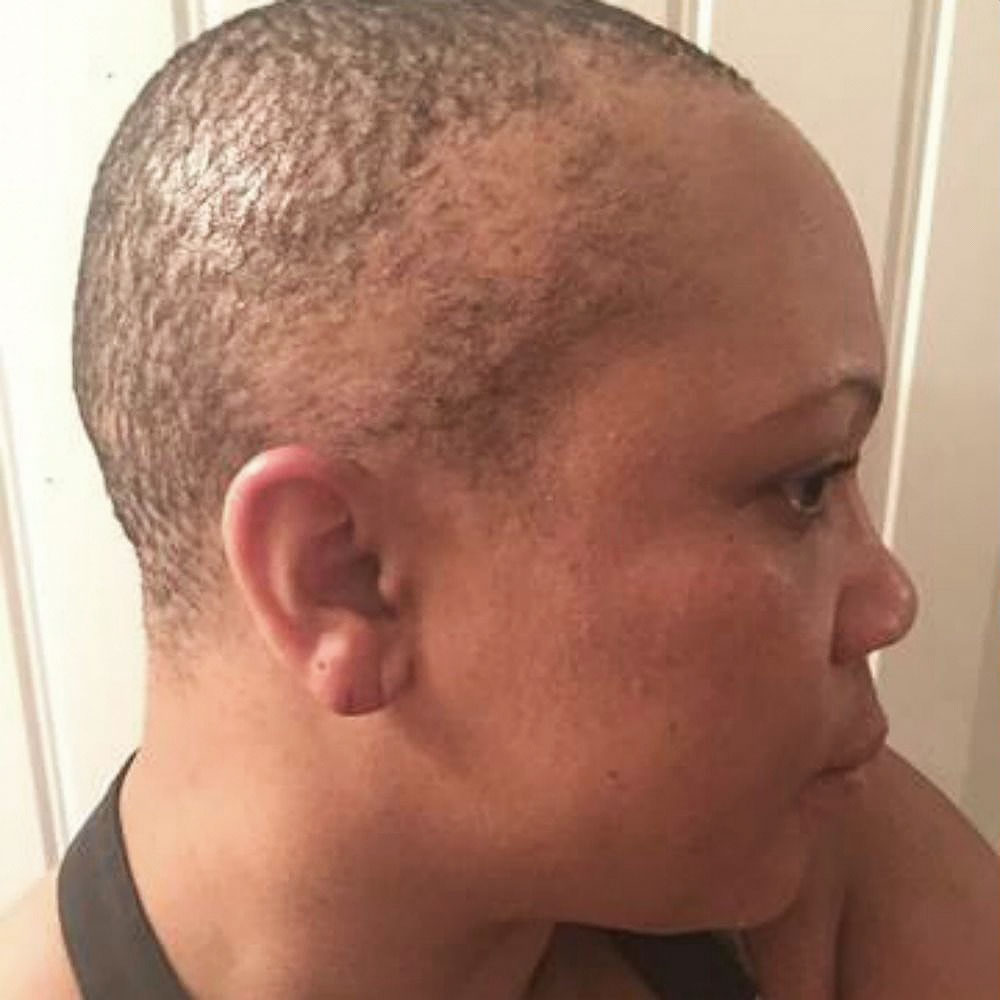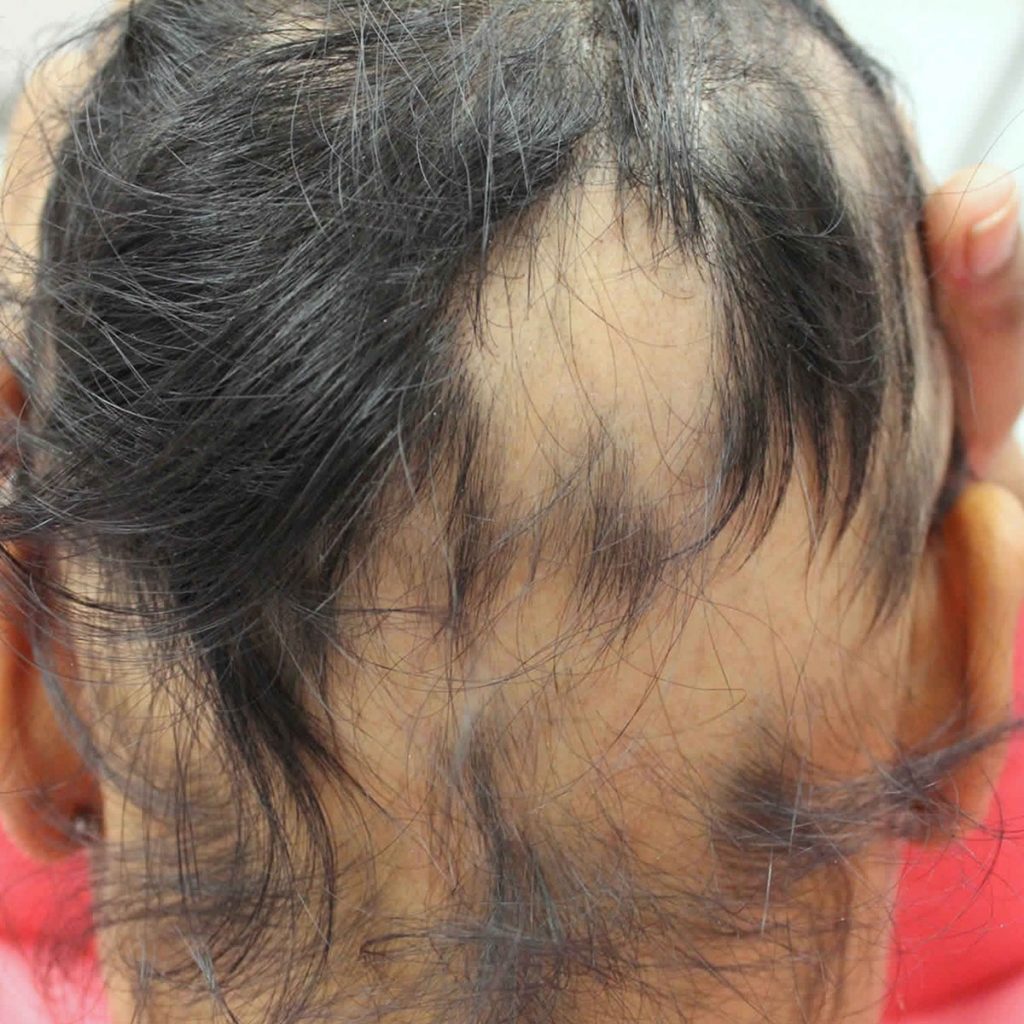SMP For Alopecia
Covers all types of alopecia

Understanding Alopecia:
Types and Causes of Hair Loss
Alopecia is a condition that results in hair loss, and there are numerous unique types that can cause varying degrees of hair loss on the scalp, face, and body. Some of these types include Alopecia Androgenic, Alopecia Areata, Alopecia Totalis, Alopecia Universalis, Traction Alopecia, and Alopecia Telogen Effluvium.
With scalp micropigmentation, we can effectively cover and blend the thin or bald scalp areas caused by alopecia, significantly altering your appearance and enhancing your life.
Alopecia is commonly classified based on its cause and effect, and the most common type is Androgenic Alopecia, also known as male pattern baldness. This type is often hereditary and affects men over the age of 50 due to changes in male sex hormones.
Alopecia Areata, on the other hand, is an autoimmune condition characterized by circular patches of hair loss, and can occur at any age, often triggered by factors such as work stress, the death of a loved one, and poor health.
What You Need to Know
Alopecia Androgenic and Other Types of Hair Loss
Alopecia Totalis is a condition that results in complete hair loss from the scalp, while Alopecia Universalis is another autoimmune condition that results in total or near-total hair loss from all over the body, and accounts for approximately 1% of all alopecia cases.
Traction Alopecia is more common in women who wear their hair in tight braids or under weaves, and in people experiencing trichotillomania, a compulsive condition characterized by excessive hair plucking. With proper care, this condition can be reversed if detected early.
Finally, Alopecia Telogen Effluvium is a condition that causes general thinning of the hair, but typically corrects itself over time and is treatable.
Scalp micropigmentation produces immediate yet progressive results, providing long-lasting concealment for baldness and regaining confidence. The healing time is quick, and the procedure is easy to maintain. The remaining steps of the treatment plan will be taken care of once the initial treatment is completed, and the pigments do not wash off easily, providing constant coverage and camouflage where needed.

